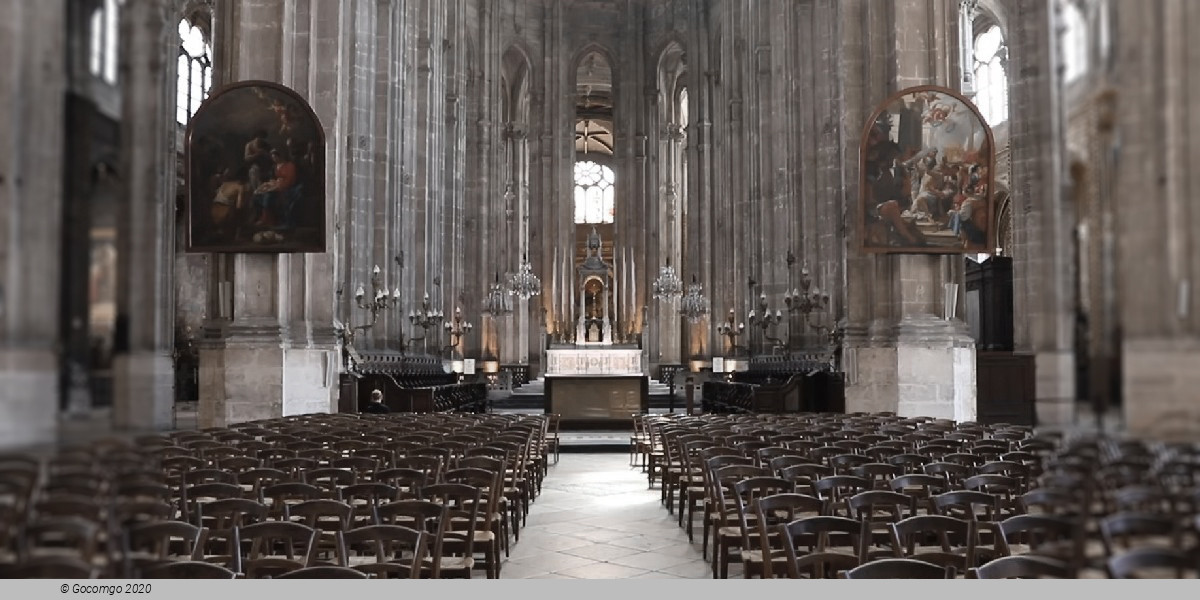Church of St. Eustache (Paris, France)
There are no events to show for 1 - 31 May 2025.
Church of St. Eustache

The Church of St. Eustache, Paris (French: église Saint-Eustache) is a church in the 1st arrondissement of Paris. The present building was built between 1532 and 1632. The reputation of Saint-Eustache is as much due to the splendor of its architecture as to its musical tradition forged from many memories of great musicians over the centuries.
Lully, Louis XIV's great music orderly, married in Saint-Eustache in 1662. Rameau, on the eve of his death, said his goodbyes to the organ there. Mozart, who had the pain of losing his mother in Paris, attended her funeral in Saint-Eustache, before the deposit of the body in a cemetery which remains unidentified to this day. In the following century, 950 performers interpreted, in this grandiose nave, the first performance of Berlioz's Te Deum.
Today parishioners and visitors of all nationalities flock by the thousands each year to a church where musical tradition and modernity are vigorously perpetuated.
Integrated into the liturgy, singing and organ enliven the solemn offices of the liturgical year and the high Sunday morning mass. You can hear polyphonic music performed by the musical actors of the parish: organists of the Grand Orgue and the Choir Organ, singers under the direction of the chapel master or soloists. Polyphonic sacred chant from the Renaissance to the present day is honored there in the continuity of the Reverend Father Martin, creator of the Chanteurs de Saint-Eustache, after the Second World War.
Every Sunday at the end of the day, organists or guests, offer a hearing on one of the most beautiful organs in France, which is very popular with the public.
Messe de la Sainte-Cécile, Messe des charcutiers or the Festival des 36h de Saint-Eustache are music must-sees in Saint-Eustache.
Turned towards different audiences and with a great diversity, the parish welcomes in respect of the place and the pastoral many concerts and festivals. Philharmonic orchestras, choirs and other formations participate in the reaffirmation of an ancestral musical tradition.

